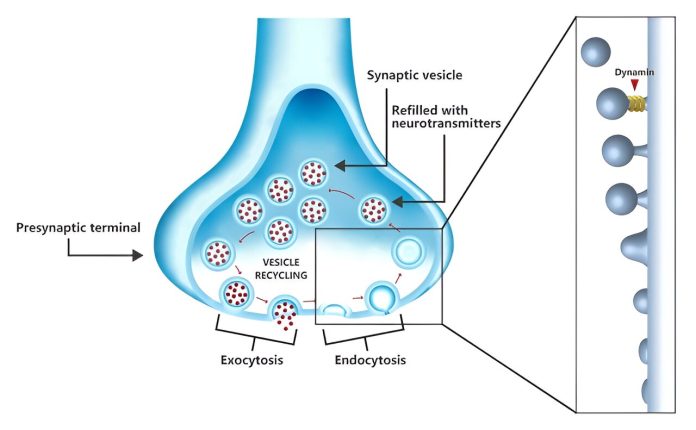
Alzheimer’s disease, a progressive brain disorder causing memory loss and cognitive decline, affects 55 million people worldwide.
In Japan alone, about 4.4 million people live with dementia, a number expected to rise to 6.5 million by 2060.
Finding effective treatments for Alzheimer’s has been challenging due to its complex and elusive nature.
However, a breakthrough by researchers from the Okinawa Institute of Science and Technology (OIST) offers new hope.
Led by Professor Emeritus Tomoyuki Takahashi, the team at OIST has developed a promising treatment for Alzheimer’s symptoms using a small, synthetic peptide called PHDP5.
Their findings, published in Brain Research, demonstrate that PHDP5 can reverse cognitive decline in mice with Alzheimer’s disease.
Dr. Chia-Jung Chang, the study’s first author, explains, “We successfully reversed the symptoms of Alzheimer’s disease in mice using PHDP5, which easily crosses the blood-brain barrier to target the brain’s memory center directly.”
The health of brain synapses, the junctions between neurons where information is transmitted, is crucial in Alzheimer’s. Synapses rely on the recycling of chemical neurotransmitters encased in synaptic vesicles.
An essential step in this recycling process involves the protein dynamin, which “cuts off” the vesicle from the cell membrane. Normally, dynamin is available throughout neurons, but in Alzheimer’s, the protein tau disrupts this process.
Tau, which usually stabilizes the cell’s structure, begins to detach and over-assemble new microtubules, effectively depleting dynamin.
This prevents the recycling of synaptic vesicles, impairing neuron communication. As Alzheimer’s progresses, tau aggregates into neurofibrillary tangles, making it difficult to treat the disease at advanced stages.
The OIST researchers focused on preventing the interaction between dynamin and microtubules. They had previously shown that PHDP5 could achieve this in vitro. In their recent study, they demonstrated the same effect in live mice.
“PHDP5 ensures dynamin is available for vesicle recycling, restoring lost communication between neurons at an early stage,” explains Dr. Zacharie Taoufiq, the study’s second author.
Using transgenic mice, the researchers showed that PHDP5 significantly improved learning and memory deficits. “This success highlights the potential of targeting the dynamin-microtubule interaction as a treatment strategy for Alzheimer’s,” says Dr. Chang.
To enhance the delivery of PHDP5, the researchers modified the peptide to include a cell-penetrating component, allowing it to be administered through the nasal cavity, which is close to the brain’s memory center, the hippocampus. This method ensures a higher concentration of PHDP5 in the hippocampus, minimizing potential side effects.
The researchers found that treating synapses with PHDP5 at an early stage could reverse cognitive decline, bringing treated mice’s learning and memory abilities on par with healthy mice. While PHDP5 cannot cure Alzheimer’s, it can delay cognitive decline significantly.
The research team, now headed by Dr. Taoufiq, continues to refine PHDP5 and explore its functions. They aim to increase the peptide’s concentration in the brain while minimizing side effects. Dr. Chang is also incorporating AI to enhance their data analysis.
Working with OIST’s Innovation division, the team is moving PHDP5 through the production pipeline, hoping to involve pharmaceutical companies for human trials. “We want to turn our peptide into a viable treatment,” explains Dr. Taoufiq.
Despite the long journey from research to drug development, the researchers remain optimistic. Dr. Chang says, “The coronavirus vaccine showed us that treatments can be developed rapidly without sacrificing scientific rigor. We hope to address Alzheimer’s disease similarly and effectively reverse cognitive decline if treated early.”
Professor Emeritus Takahashi concludes, “Our peptide, PHDP5, has shown robust results in animal models.
The next step is to submit it to therapeutic trials. We hope it reaches Alzheimer’s patients soon to rescue their cognitive symptoms, which is the primary concern for patients and their families.”
If you care about Alzheimer’s disease, please read studies that bad lifestyle habits can cause Alzheimer’s disease, and strawberries can be good defence against Alzheimer’s.
For more information about brain health, please see recent studies that oral cannabis extract may help reduce Alzheimer’s symptoms, and Vitamin E may help prevent Parkinson’s disease.



